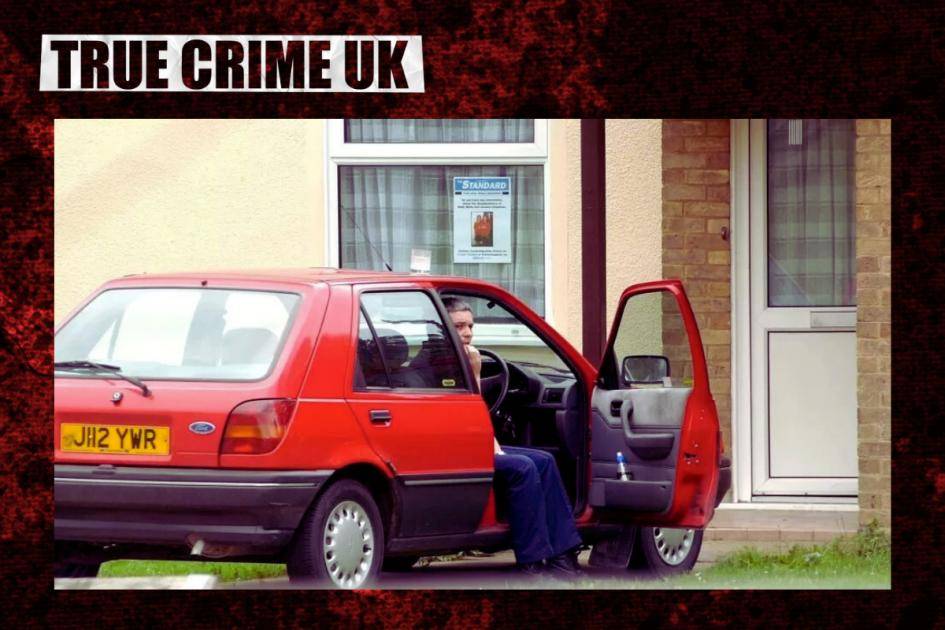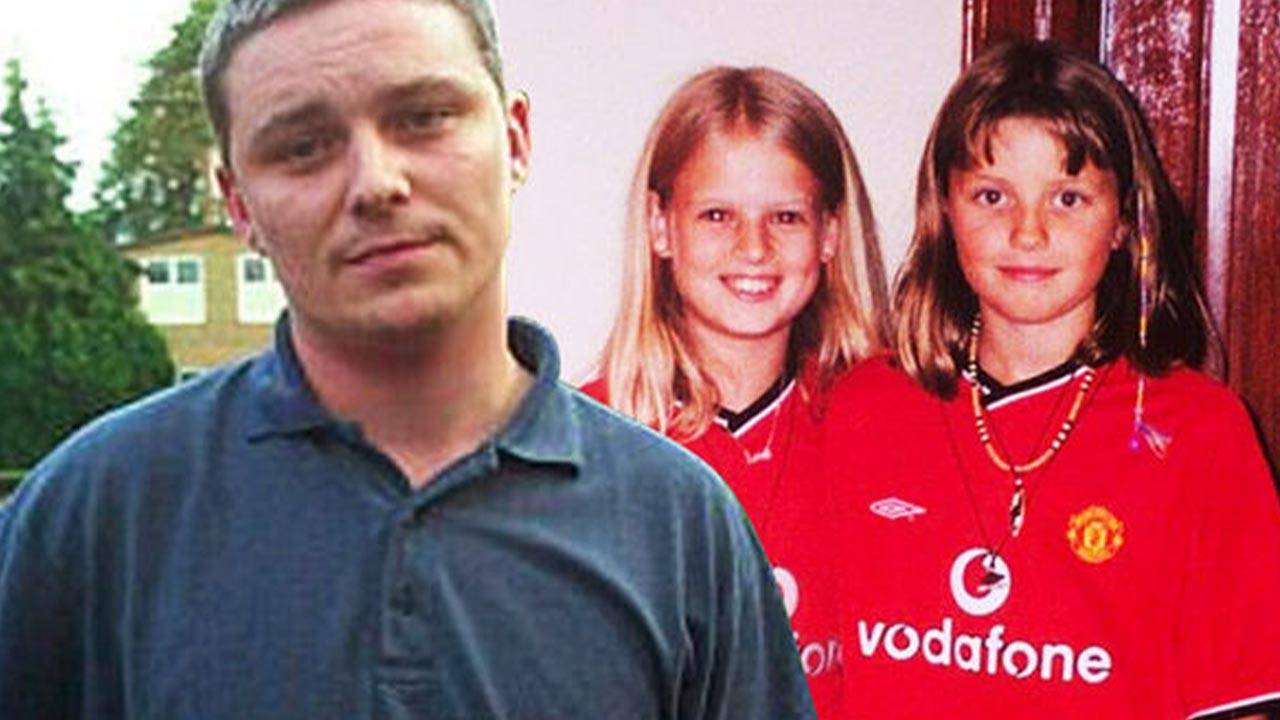In the harrowing tale of the Soham Murders, Ian Huntley’s name is etched in infamy. This article explores the chilling events of 2002, unraveling how Huntley disposed of the victims’ bodies, his macabre bath story, enigmatic confession, and the pivotal role of the red car photo in this haunting crime.

How Did Ian Huntley Dispose of the Bodies?
The grisly details of the Soham Murders are enough to send shivers down anyone’s spine. The victims, Holly Wells and Jessica Chapman, two innocent 10-year-old girls, were tragically taken from the world too soon. The question that haunted investigators and the public alike was: how did Ian Huntley dispose of their bodies?
According to the evidence presented during the trial, Huntley had meticulously planned the disposal. He is believed to have hidden the bodies in a remote location near Lakenheath, Suffolk. The desolate landscape served as a grim hiding place for his unspeakable crime.
The bodies were later discovered, revealing the extent of Huntley’s malevolence and the depth of the tragedy that befell the small town of Soham.
The Ian Huntley Bath Story
One of the most disturbing aspects of the case was Huntley’s attempt to cover his tracks. In a chilling revelation, it was disclosed that Huntley had tried to dissolve the girls’ bodies in a bath filled with a corrosive substance.

This macabre method only served to underscore the cold-hearted nature of the perpetrator. The bath, once a place of cleansing, became an instrument of horror in this dreadful tale.
Did Ian Huntley Confess?
The question of Huntley’s confession hung heavy in the air as investigators tirelessly pursued leads. Eventually, in a shocking turn of events, Huntley did confess. In an eerie revelation, he admitted to his heinous crimes.
The confession sent shockwaves through the nation, providing a glimpse into the mind of a remorseless murderer. However, even in his admission of guilt, Huntley’s motives remained elusive, leaving many to grapple with the chilling enigma of his actions.
The Infamous Ian Huntley Red Car Photo
In the digital age, photographs often serve as crucial pieces of evidence in criminal investigations. In the case of Ian Huntley, a particular photograph captured public attention and became a pivotal element in the pursuit of justice.
The red car photo, a seemingly innocuous image, gained significance when it was linked to Huntley’s movements around the time of the crime. The photo, sourced from investigative records, depicted Huntley near the vicinity of the crime scene.

This seemingly mundane image played a vital role in corroborating witness statements and establishing Huntley’s presence in the area. It highlighted the meticulous work of law enforcement and underscored the importance of modern technology in solving crimes that once seemed insurmountable.





